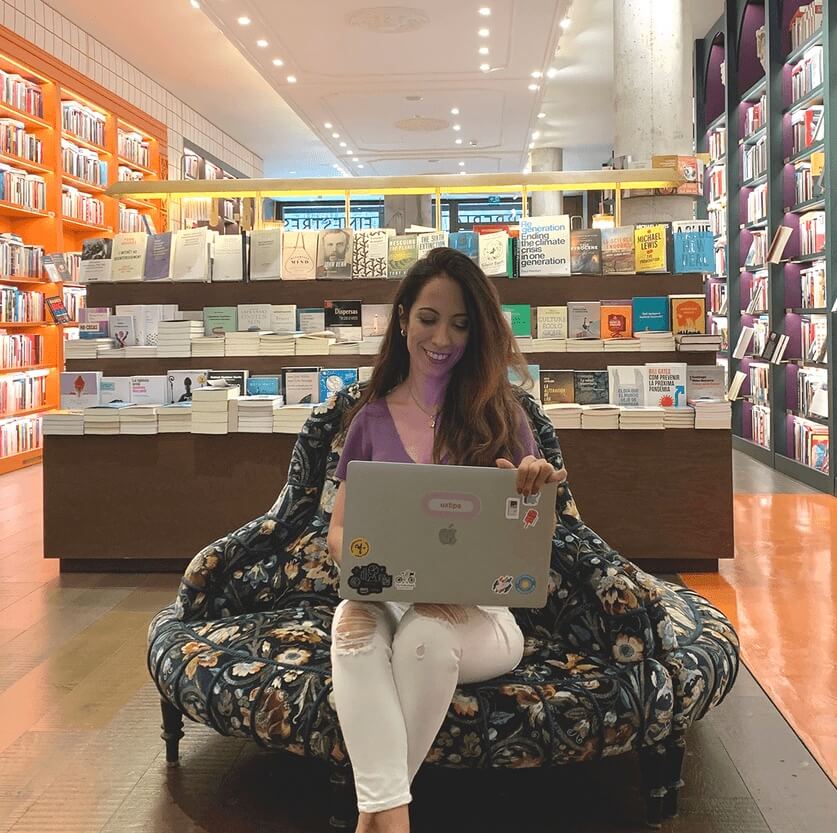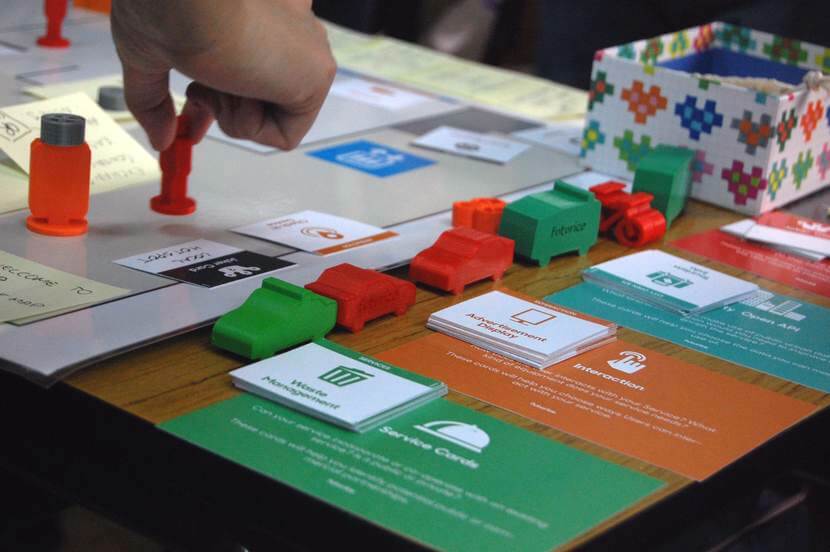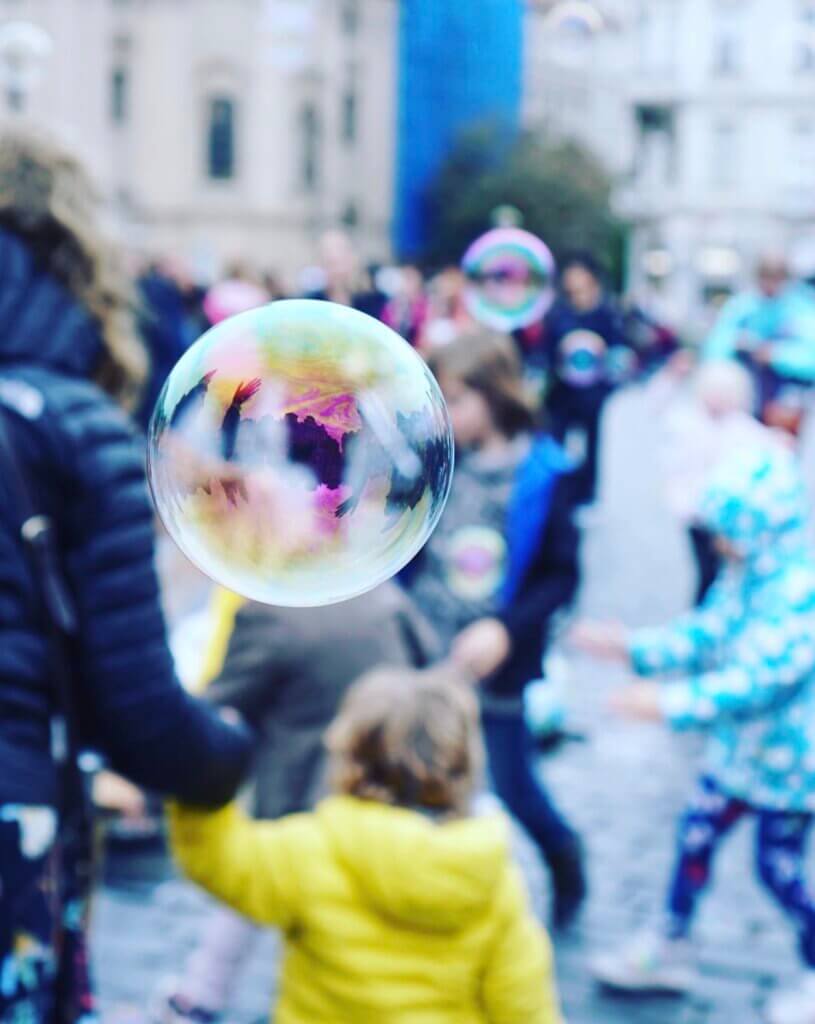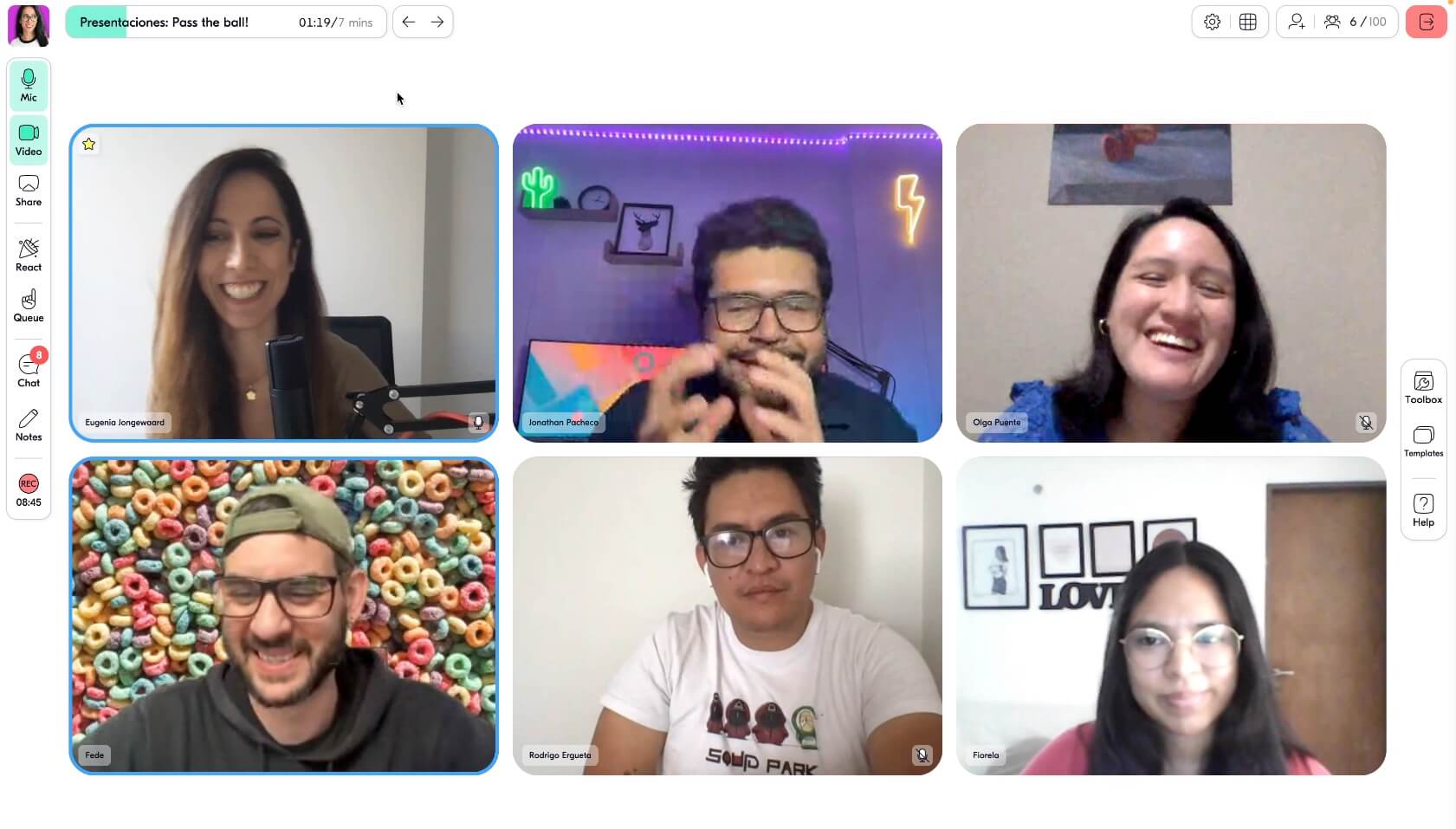Marked by her adaptability and passion for meaningful impact, this senior experience design leader underscores the significance of trust, shared understanding, and active stakeholder involvement.

Have you ever wondered about the people behind the scenes doing the challenging but important work of service design within organizations? What’s it really like to be a service design professional on the inside, where implementation, politics, middle management, and conflicting interests come into play?
In this series, we’re excited to bring you up close and personal with members of the ⭕️ Circle community to learn about who they are, what they do, and what drives them to make a difference. Through their stories, we hope to give you a better sense of what it’s like to be on the inside, and inspire you to take the leap or steer clear.
Join us as we chat with Eugenia Jongewaard de Boer, a senior experience design leader based in Spain 🇪🇸.

The service design dream team you wish you had around you each and every day. Now available inside the Circle community!
➜ Learn moreBackground
How did you first discover service design, and what inspired you to pursue it?
My interest in the field was solidified during a workshop conducted by Futurise at the IxDA Conference in 2015 in Argentina. The following year, I flew to Barcelona, Spain to enroll in a course on Service Design.
I chose to pursue service design because I viewed it as a natural progression from UX, particularly when tackling intricate challenges.
In my view, it is essential for designers to possess the flexibility to zoom in and zoom out.
Service design caught my attention as a powerful tool capable of providing the much-needed zoom-out perspective that was missing from our approach.
What’s your favorite way to unwind after a long day of work?

What’s the best piece of advice you’ve ever received?
The best advice I’ve ever received is to embrace and showcase my past career experience.
After spending a couple of years in UX, I decided to pivot and concentrate on other aspects of the business that also appealed to me, such as Customer Success and Customer Support.
Although some people saw this shift as a step backward, I now comprehend that it was merely a reflection of the UX field’s immaturity during that period.
Embracing a hybrid skill set has become crucial for my role in service design and my path to design leadership, allowing me to bridge disciplines and provide valuable insights.
What’s a hidden talent that you have that others may not know about?

In-house perspective
Can you tell us about how you ended up in your current role?
After working for design agencies and serving as an accessibility consultant, I transitioned into a leadership role in customer support. However, my passion for design and creating a larger impact led me to pursue a career as an in-house designer.

I wanted to have a direct influence on design processes and outcomes within an organization.
In particular, I became deeply interested in the field of employee experience which is what I am doing now at Nestle Global IT.
Can you share some of the differences you have experienced working in-house versus on the agency side of service design? What do you think are the benefits and challenges of each?
I have found that a crucial factor for effective service design implementation is the ability to influence the organization’s culture.
This is particularly important in large organizations. Working in-house provides the opportunity for direct involvement and a deeper understanding of the organization’s dynamics, allowing for collaboration with different departments.
Another benefit is the access to data and users, which plays a crucial role in the success of a project, especially when it comes to employee experience.
On the consultancy side, I have limited experience regarding service design, but I acknowledge that it offers exposure to diverse projects and organizations, providing fresh perspectives.
How do you approach working with cross-functional teams and stakeholders who may not have a background in design? What strategies have worked well for you in the past?
I approach the situation with an open mindset, recognizing that there is value to be gained from their perspectives. Acting as a facilitator, I guide the process while also actively listening and incorporating their ideas, fostering a sense of ownership and collaboration.
By promoting shared understanding through explanations of design principles and involving stakeholders in decision-making, we bridge the gap between design and non-design backgrounds, building trust and ensuring well-informed solutions.
I want to emphasize the crucial role of “trust“ because, without it, we won’t be able to generate positive outcomes no matter the design maturity of the members of the team.
Wins & failures
Can you tell us about a (service design) project that you are particularly proud of? What made it stand out for you?
One service design project that I am particularly proud of was a project that was initially requested as a UX project. I led this initiative to solve a critical problem from the employee experience of the organization in collaboration with other designers.
We identified that this needed to go beyond the UX lenses and I applied service design thinking and tools to it. This project represented not only a significant stride in showcasing the value of service design and the resulting impact but also a means of fostering increased trust in the design department and its capabilities.
Can you share a story about a time when you experienced a setback or failure in your work, and what did you learn from that experience?
I experienced a setback while working with a stakeholder who had limited design maturity and preferred traditional approaches. Enthusiastically pushing the design forward without considering their level of understanding resulted in challenges and delays.
Recognizing my mistake, I learned that comprehending the stakeholder’s perspective, helps us bridge the gap between their expectations and design concepts.
I became more attentive to stakeholder needs.
As I mentioned before, when talking about no-designers, I now actively seek their input early on to foster smoother collaboration and achieve mutually beneficial results.
Advice
What advice do you have for someone just starting out in service design? What skills or knowledge do you think are most important for success in the field?
I recommend joining a community of like-minded professionals to accelerate their learning and stay connected with industry trends.
Networking and knowledge-sharing opportunities are valuable, even for those already working in the field.
When it comes to skills, mastering facilitation and prototyping is crucial. Effective workshop facilitation and collaboration sessions are essential in service design, enabling active participation and idea iteration. Prototyping skills also set designers apart by enabling quick visualization and iteration of concepts.
In addition to skills, possessing knowledge of change management and design leadership is vital for success in service design.
Unfortunately, many organizations do not fully understand the value of design in its various forms. As service designers, we must be catalysts for change, advocating for the impact of design and driving positive transformation.
Future
What do you think is the most exciting trend or development in service design right now? How do you see the field evolving in the future?
The increasing emphasis on sustainability and social impact in service design is truly inspiring to me.

It is empowering designers to adopt a planet-centered perspective that, unfortunately, was not prioritized before. As we envision a future influenced by artificial intelligence, I strongly believe that service design will play a pivotal role in shaping a more human-centric future.
We are moving to an economy based on value over profit so I see the potential of service design to drive organizational change towards that value. I see service design as a catalyst to empower designers to emerge as the leaders of the future.
What kind of projects or initiatives are you interested in working on? Are there any particular connections or collaborations that you are seeking at the moment?

I have a strong passion for leadership and inclusive design, recognizing the significant impact that service designers can have on driving organizational change. I am eager to connect with industry professionals who possess valuable insights and experiences to share, particularly regarding these topics.
If you could ask any question to other service design professionals, what would it be? What insights or perspectives are you curious about?
I would like to gain perspectives and insights on how other service designers are expanding the field in their organizations and influencing leadership.
Another topic I would like to explore more in how other service designers are applying ethics in the implementation of technologies.
Wrap-up
Eugenia’s journey in service design exemplifies adaptability, collaboration, and a holistic perspective driving meaningful change within organizations. Her dedication to learning and passion for inclusive and ethical design make her a valuable contributor to the evolving landscape of service design.
I am inspired and grateful to Eugenia for sharing her journey as a service design professional and how she reflects a harmonious blend of personal passions and professional endeavors.
As we continue to shine a spotlight on talented in-house service design professionals like Eugenia, I invite you to join us on this voyage of service design excellence, collaboration, and lifelong learning.
